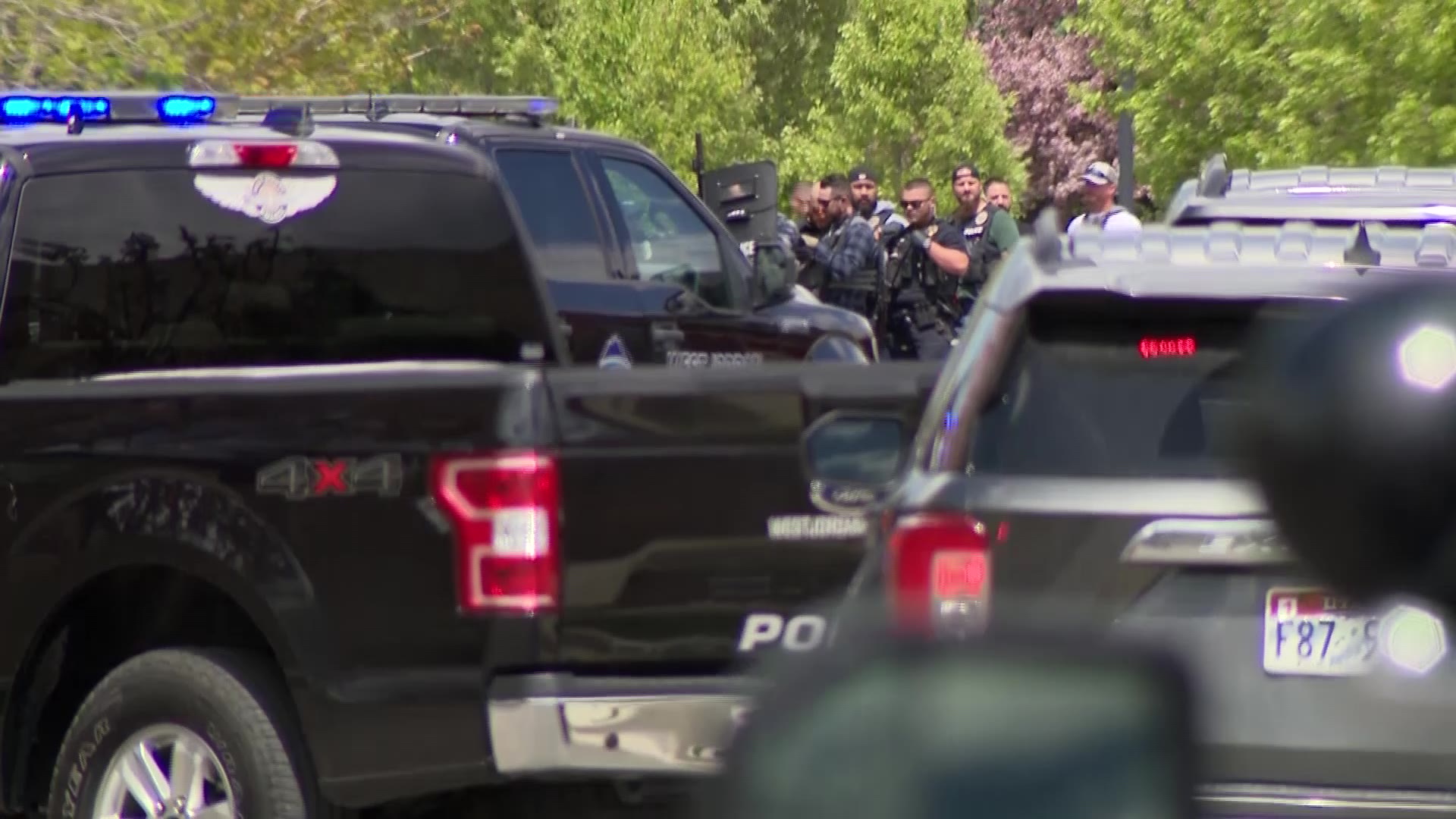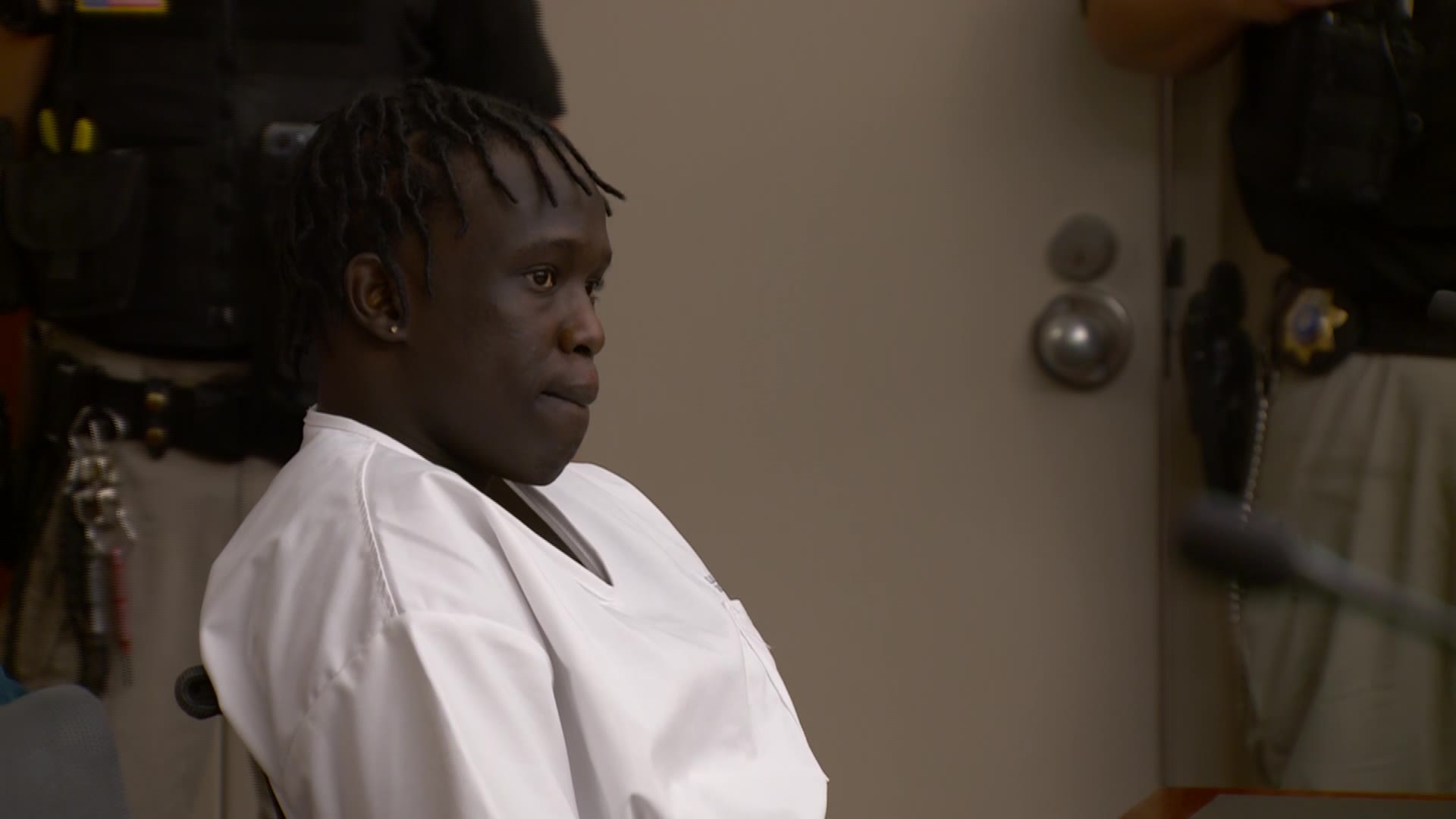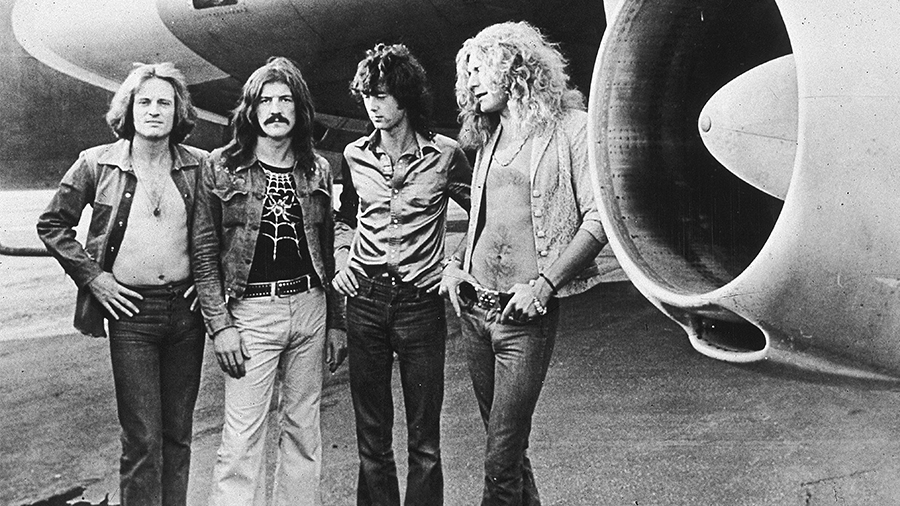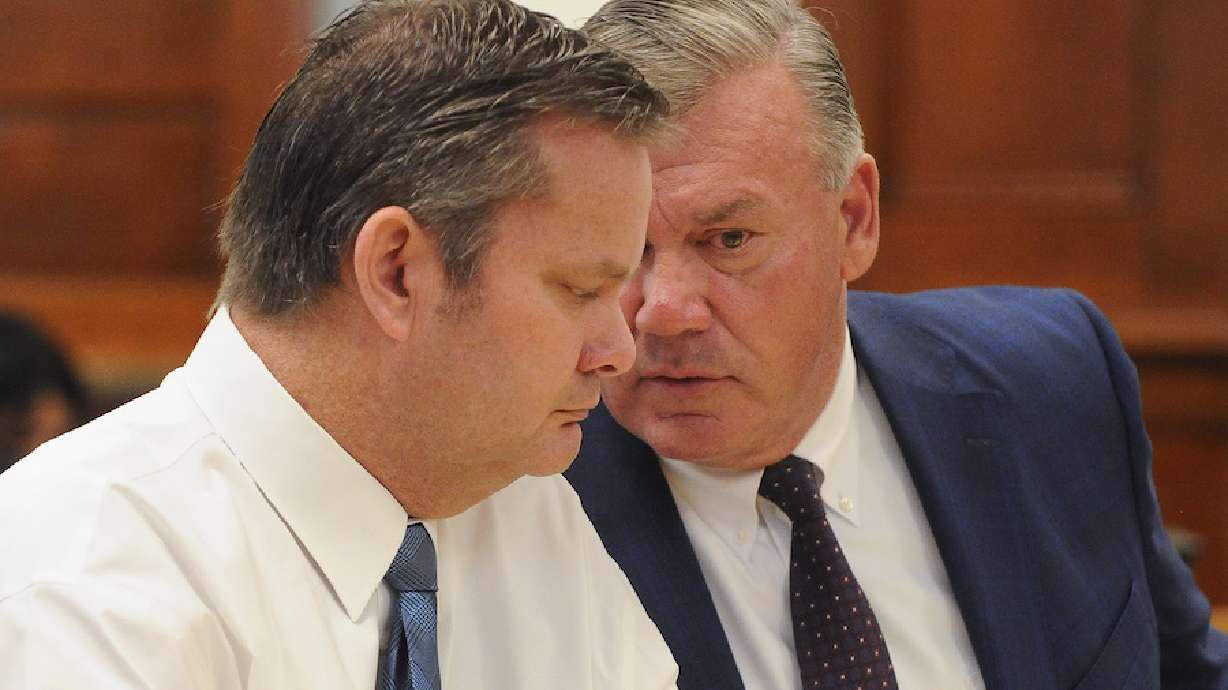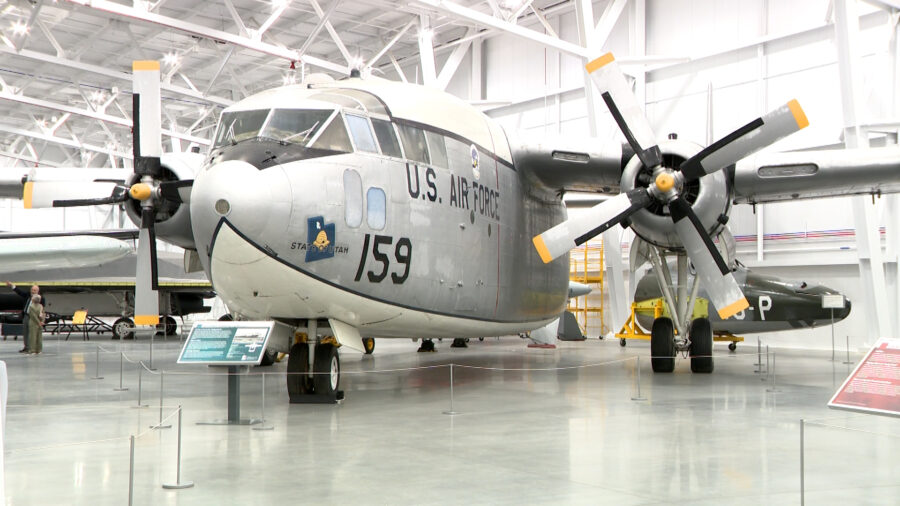UDOT nixes wildlife crossing idea in Park City, to advocacy group’s dismay
Apr 15, 2024, 7:54 PM
PARK CITY — A wildlife group is trying to figure out how to move forward after Utah Department of Transportation said it will not pursue building a wildlife crossing on the highway leading into Park City. UDOT is explaining the decision, as the advocacy group questions UDOT’s choice.
On Monday, traffic moved along state Route 224 between Kimball Junction and Park City.
Erin Ferguson, president of the organization, Save People Save Wildlife, said that stretch of road sees 30,000 cars a day.
Sometimes the hordes of vehicles collide with herds of animals.
On her drive Monday alone, she said she saw three dead deer carcasses on the side of the highway.
Ferguson, standing at the McPolin Farm Trailhead across S.R. 224 from the iconic white McPolin Farm barn, pointed off to the distance toward Saint Mary’s Catholic Church.
“That is a common place where we see a lot of elk hit,” she said. “That seems to be the place where they like to go back and forth from the meadows.”
Fencing and a wildlife crossing
Save People Save Wildlife has been working to get fencing and a wildlife crossing built along S.R. 224, saying studies dating back years support it.
“The most recent one, which is the Biologist report, says the most effective solutions would be a crossing at McPolin and a crossing at Swaner,” Ferguson said, talking about Swaner Preserve.
Earlier this month, Ferguson said Save People Save Wildlife met with UDOT, the Division of Wildlife Resources, Summit County, and Park City to talk about the crossing as a follow up to a collaborative walk-about along S.R. 224 in October 2023.
“UDOT informed everyone at the multi-agency meeting that they would not support a crossing on 224 in this location,” she said.
Ferguson said they asked why.
“UDOT said that they have to make subjective decisions every day,” Ferguson said, of what she was told.
John Gleason, public relations director at UDOT, said they did an analysis on a wildlife crossing on S.R. 224 to see if it would be the right solution for the area.
He said UDOT worked closely with DWR, and that their study of the issue did not convince them a crossing would have the intended result.
“This is not traditionally a migratory path for the animals,” he said. “And so, if you built a crossing there, you would be transporting the animals into a neighborhood. There wouldn’t be any place else for them to go.”
Gleason said they felt it would not be a wise investment of tens of millions of dollars of funds, as they look at the issue from a statewide perspective. He described how other wildlife fence and crossing projects are taking precedence, like Echo Junction in Summit County and Highway 89 in Kanab.
No plans for wildlife crossing
At this point, he said, they don’t have any plans of looking at a wildlife crossing in the S.R. 224 area.
However, he pointed out that they did implement changes on S.R. 224, while working with Save People Save Wildlife. He talked about how they lowered the speed limit, and installed extra animal warning signs that light up.
“We’re committed to looking at other potential solutions, while cutting down on wildlife-vehicle collisions,” he said.
Save People Save Wildlife fundraised to purchase animal silhouettes along the route that are reflective and warn drivers to stay alert and pay attention to animals crossing the highway.
But Ferguson explained those are not meant to replace a bridge.
“These are temporary solutions,” she said. “The most effective way to address this problem along this whole roadway is crossings, fencing, safe passage.”
Save People Save Wildlife believes a crossing is still the best way to go, especially as traffic grows and the area gets ready for the Olympics.
Ferguson sees a wildlife crossing as a sign of environmental stewardship.
“We’ll be able to be on the world stage as setting a good example for future host cities,” she said.
Even if a wildlife crossing isn’t in the works, Ferguson is hoping to keep the conversation going. She said the agencies that met in early April agreed to get together again in the near future to discuss alternative options for wildlife safe passage.
Ferguson said they have hundreds of letters of support, and want to pursue other options that may include funding something themselves, or being included in the Bus Rapid Transit Project.
“If we have the storytelling behind us, and we have the public demanding safe passage for wildlife on this roadway,” she said, “then we will find the funding and the engineering and get all the pieces in place to make that happen.”



